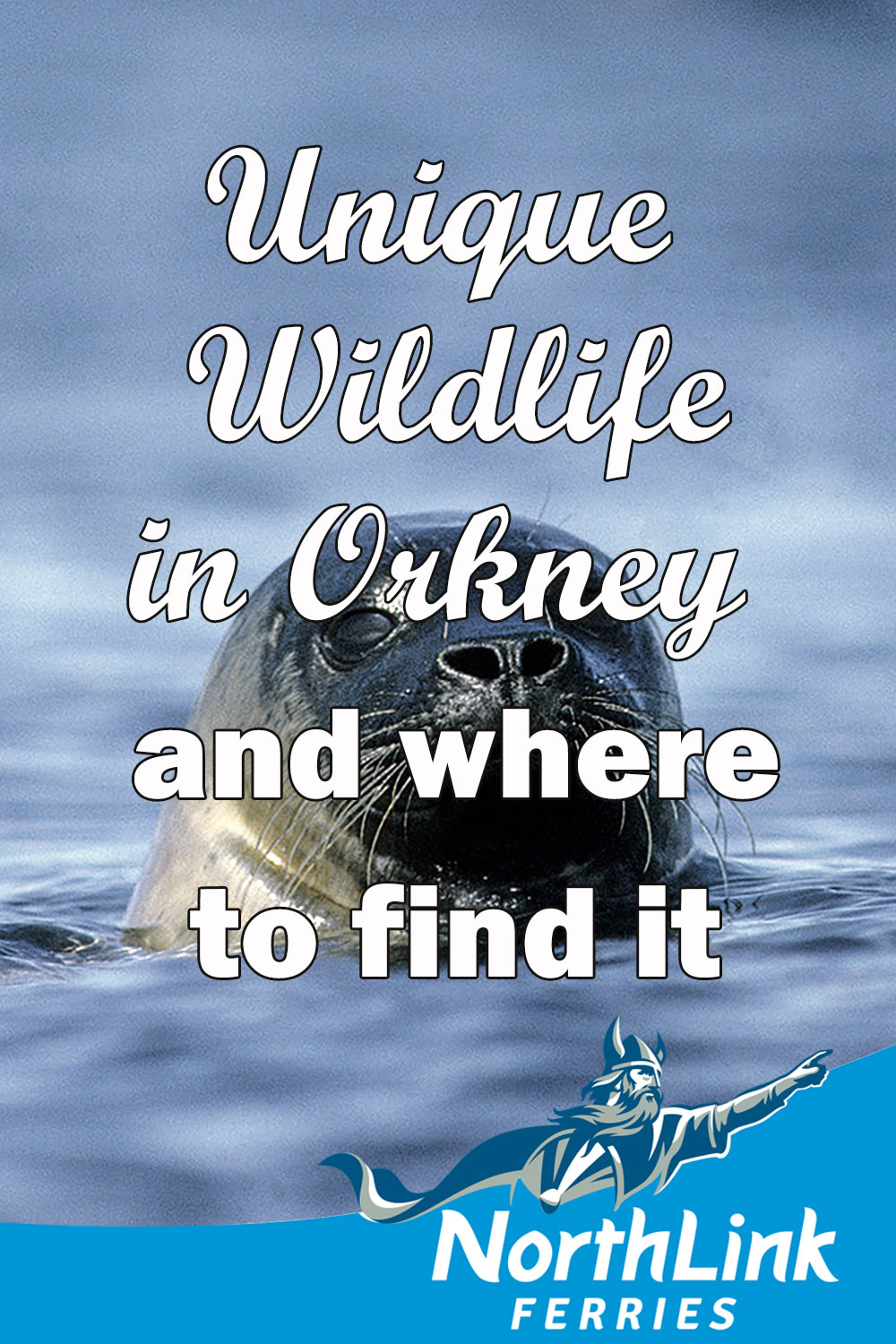Unique Wildlife in Orkney and where to find it
Many of the jaw-dropping moments of a trip to Orkney occur when you have a close encounter with the wildlife of the islands.
Eric Meek of the RSPB said “nowhere in Britain is there such a range of habitats – cliffs, marshes, moors and maritime heath – and all within a few miles.”
This might be when you see an dolphin offshore or realise that seals are watching you from the sea.

You may drive past an owl on a fencepost or glimpse an otter on the shore. In the islands, the summer air is magical with birdsong, and the rockpools and roadside verges are teaming with life.
Orkney has a unique and precious natural heritage, and the islands are an important breeding ground for birds rarely seen in other parts of the UK. Let us take you on a journey into the wild landscapes of Orkney!
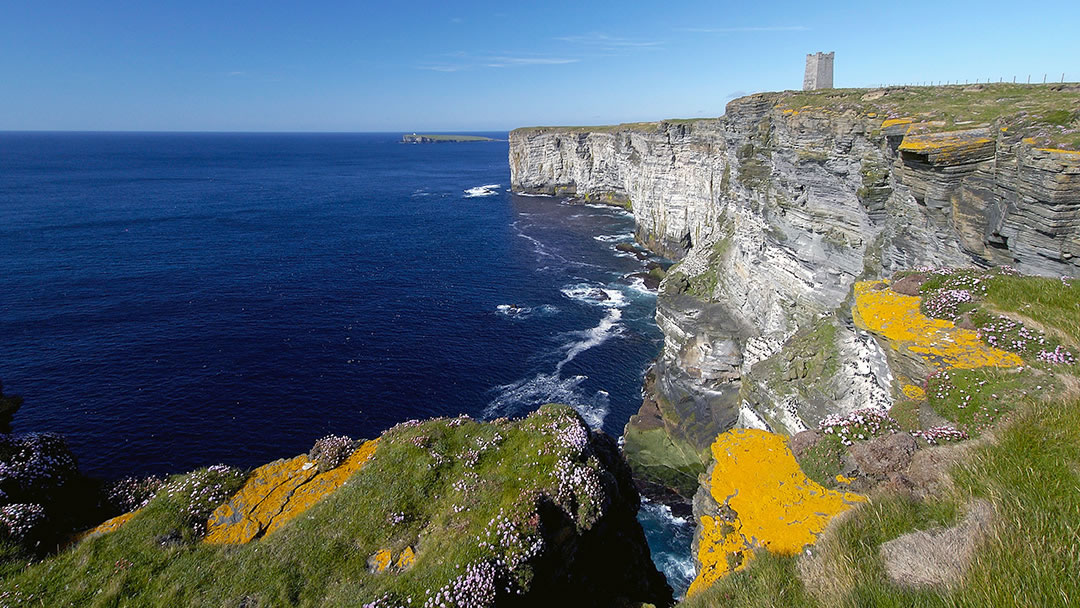
On the cliffs
Around Orkney there are rich waters where the Atlantic Ocean and North Sea meet. This brings plankton, and then fish, and then seabirds. In summer, breeding fulmars, razorbills, and gannets line the cliffs of Orkney. On these islands, exposed sandstone on the coast forms into perfect seabird ledges.
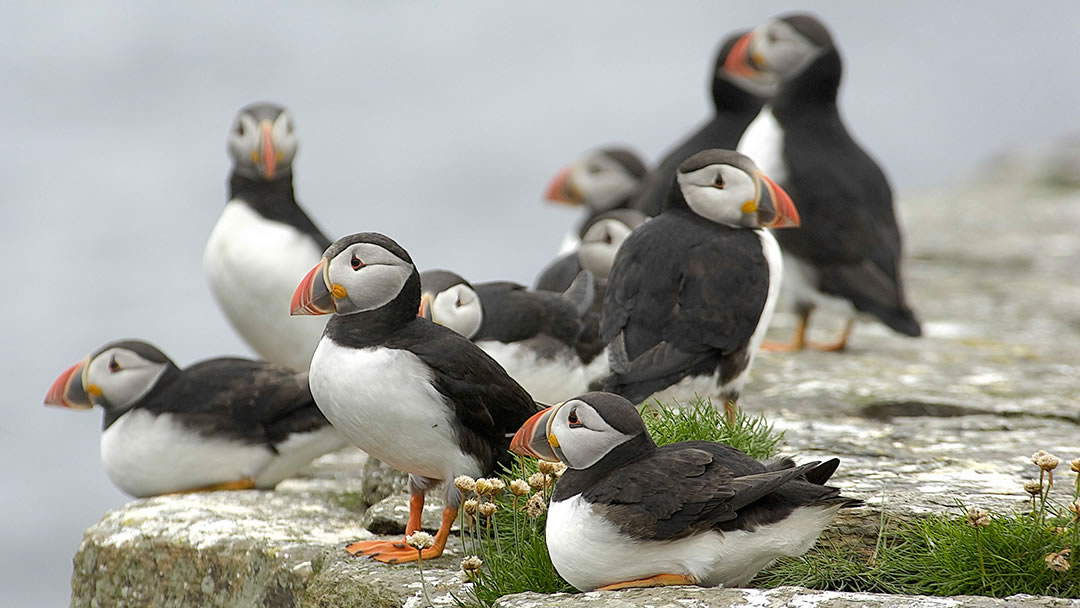
Rabbits can be seen darting around grassier edges, and colourful puffins return from winter on the sea to nest in grassy cliffside burrows. Pink thrift and the blue stars of spring squill flower along the cliff tops.
Good Orkney cliffs to spot wildlife: Marwick Head, Yesnaby, the Brough of Birsay, the Castle of Burrian in Westray
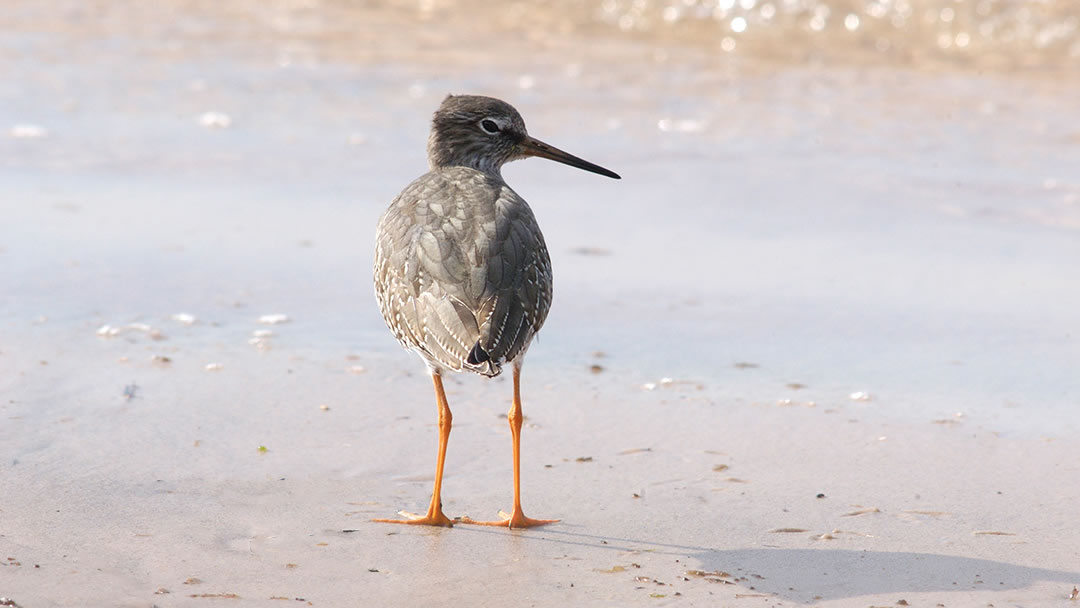
On the shore
Despite only being about 24 miles wide, all the Orkney islands combine 500 miles of coastline in total.
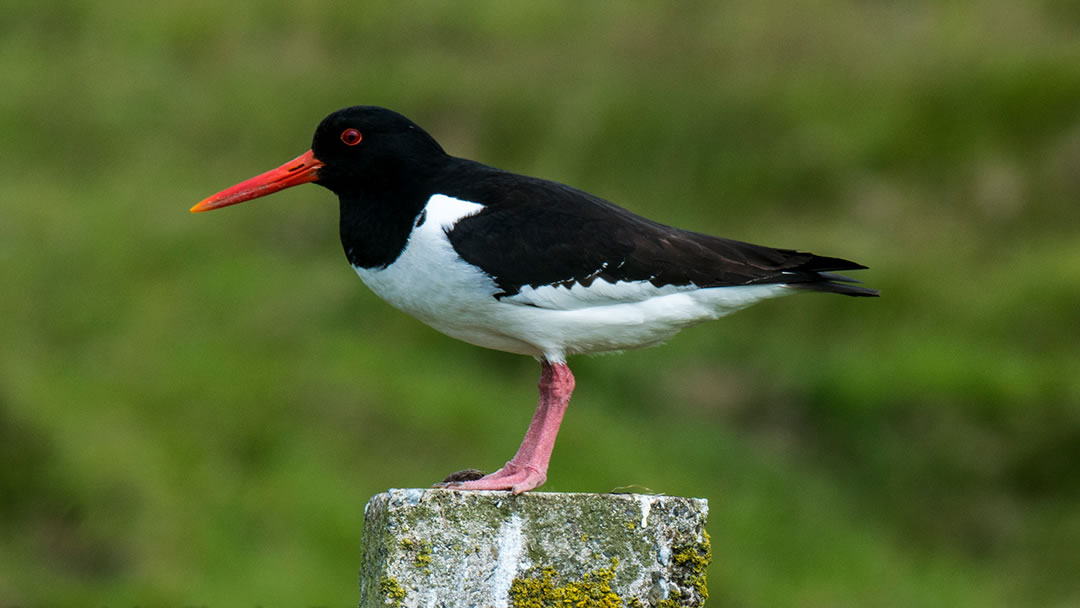
Along the shore, many wading birds, such as Oystercatcher and Redshank, can be spotted picking in the sand for food.
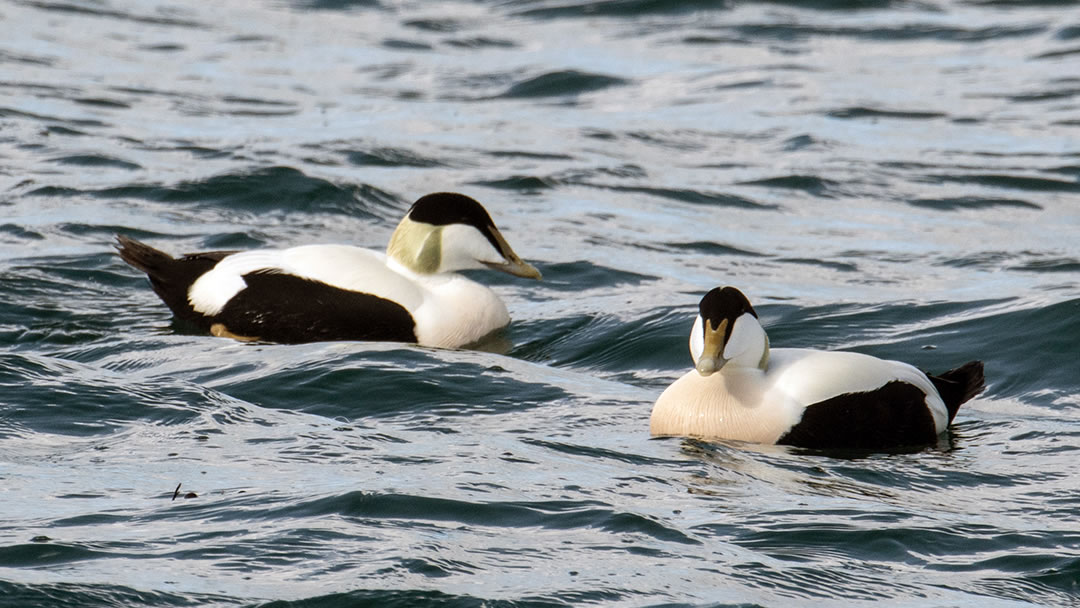
Not too far out in the water, Eider ducks bounce in the waves, their ducklings not far behind.
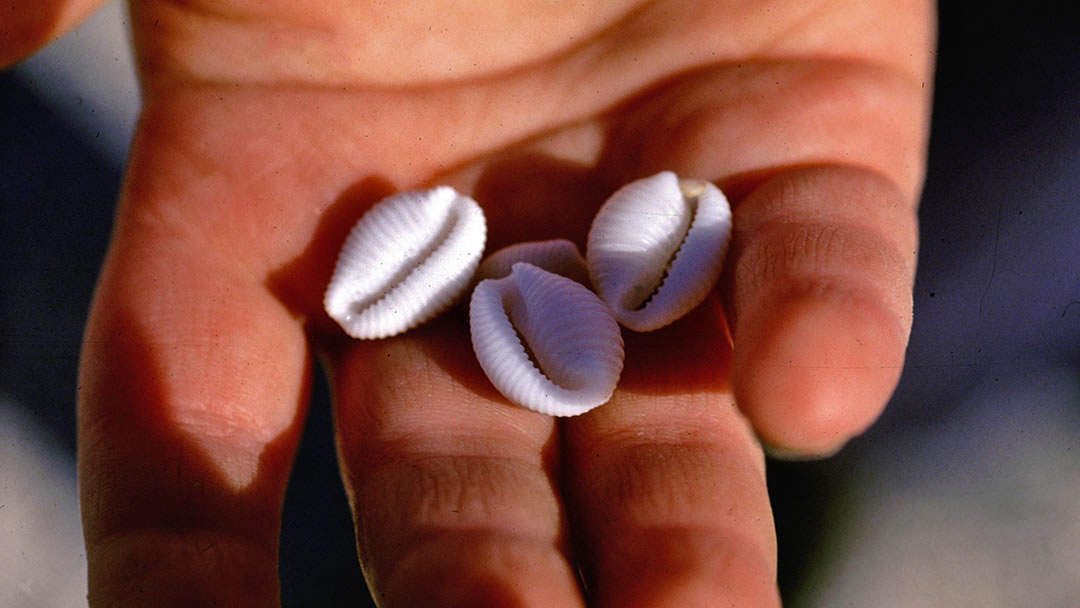
In the rock-pools, there are anemones and starfish. Hermit crabs are in shells that suddenly come alive and scuttle away. We’d recommend hunting for cowrie shells for luck – also known as ‘groatie buckies’. Put one in your purse and you’ll never be poor!
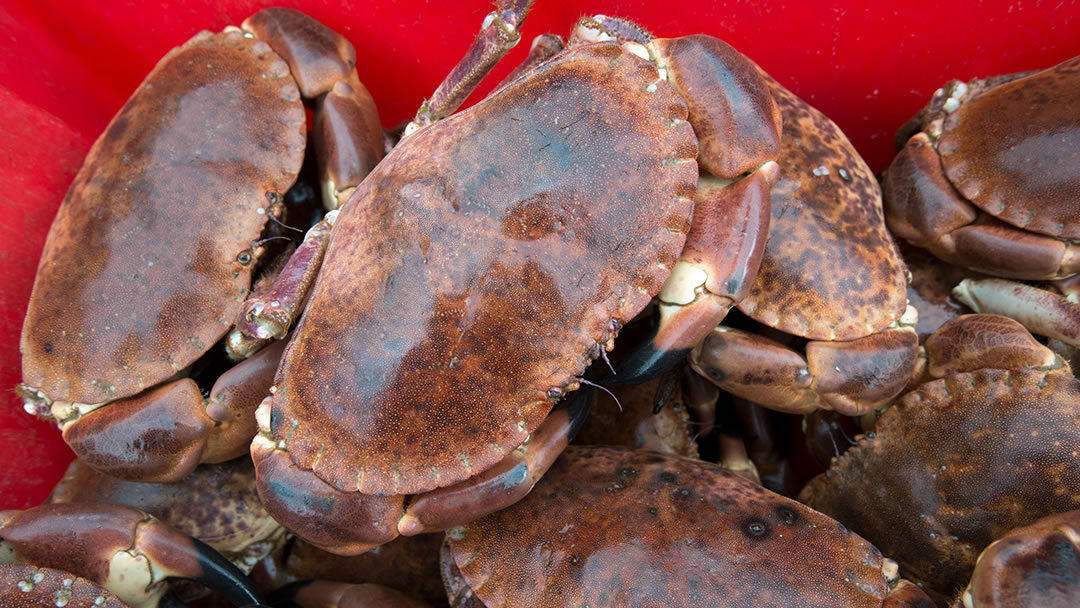
Shellfish are plentiful around the islands and delicious on restaurant menus. There’s a traditional way to hunt for razor shells (known as ‘spoots’) by walking backwards in the sand and looking for air bubbles. In Orkney, scallops are picked from the seabed by divers, and lobster and crabs are caught in creels.
Common seals and grey seals are plentiful in both island groups. Common seals are much smaller than grey seals and have a dog-like head. They will watch people on the shore with great curiosity.
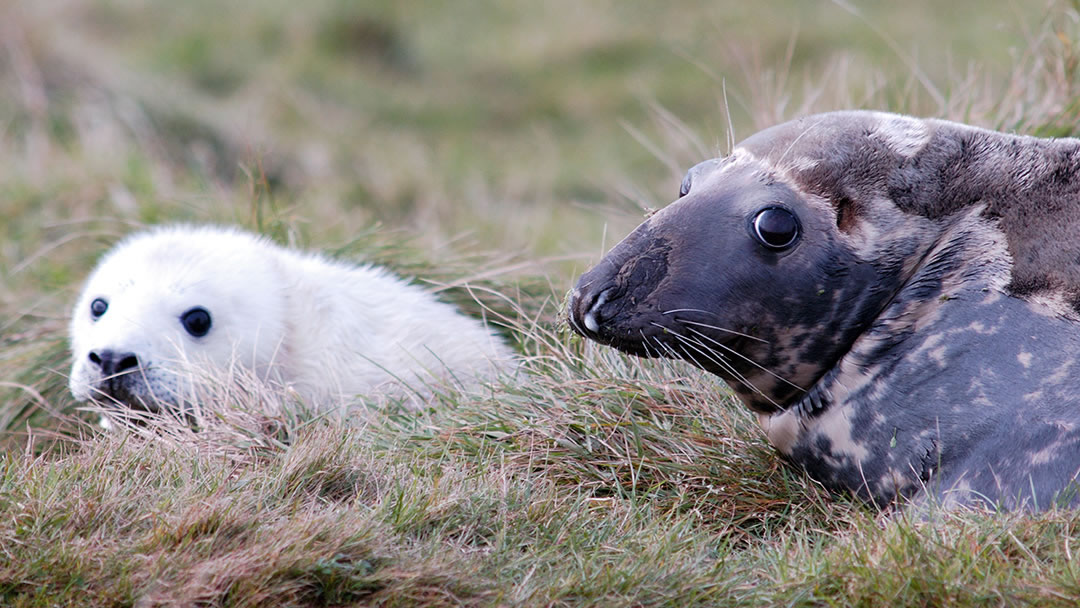
Grey seals come ashore in the winter to give birth to fluffy white seal pups and are the star of the NorthLink sponsored sealcam. The pups grow large on their mother’s fatty milk and take to the water five or six weeks after birth. 5% of world’s population of common seals and 36% of the world’s population of grey seals live in Scottish waters.
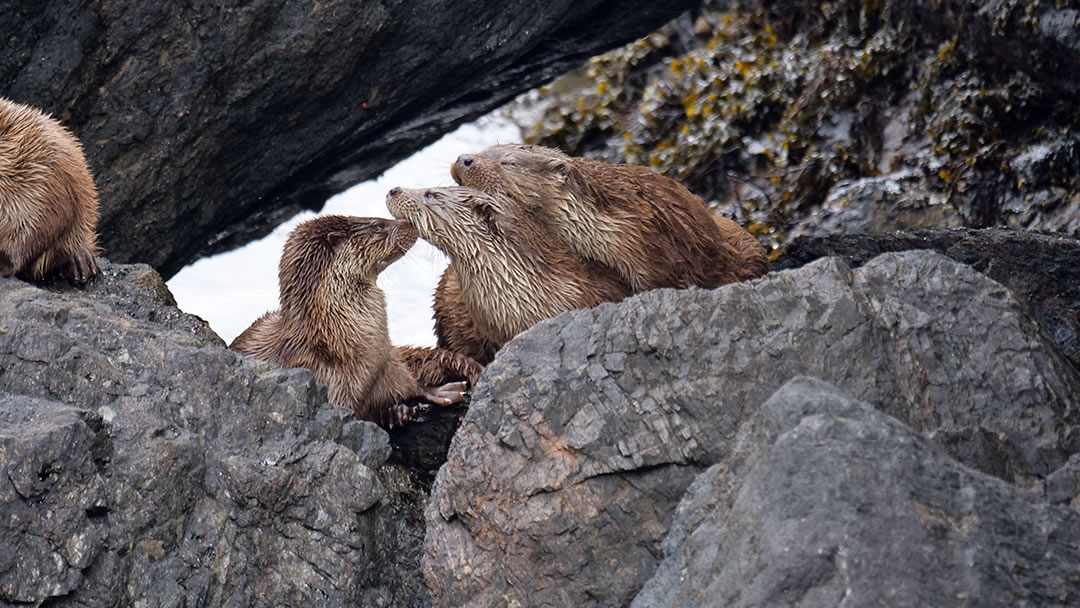
Otters are also found on Orkney shores, where they catch fish, eels and crabs. These elusive creatures live near streams and lochs close to the sea, and use fresh water to wash and dry their fur.
Good Orkney shores to spot wildlife: The Brough of Birsay, the Brig o’ Waithe, Sanday.
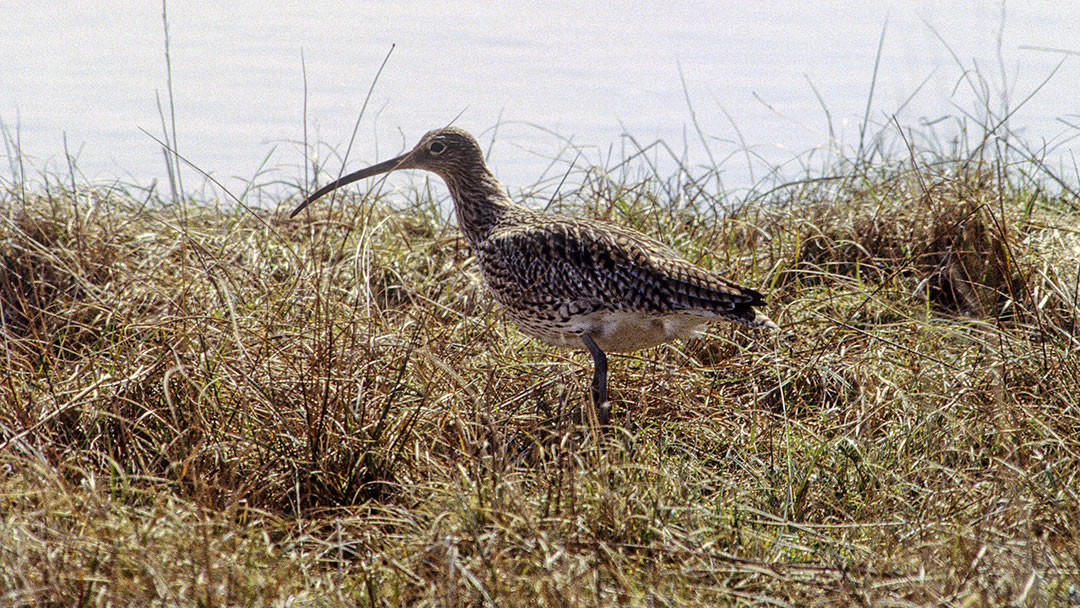
In the moorland and fields
The wild moorland and fertile fields of Orkney can be noisy places! The calls of curlew, lapwings, and skylarks fill the summer air. Insects such as moths, butterflies, hoverflies, and bumblebees alight on the wildflowers amongst the pink and purple heather.
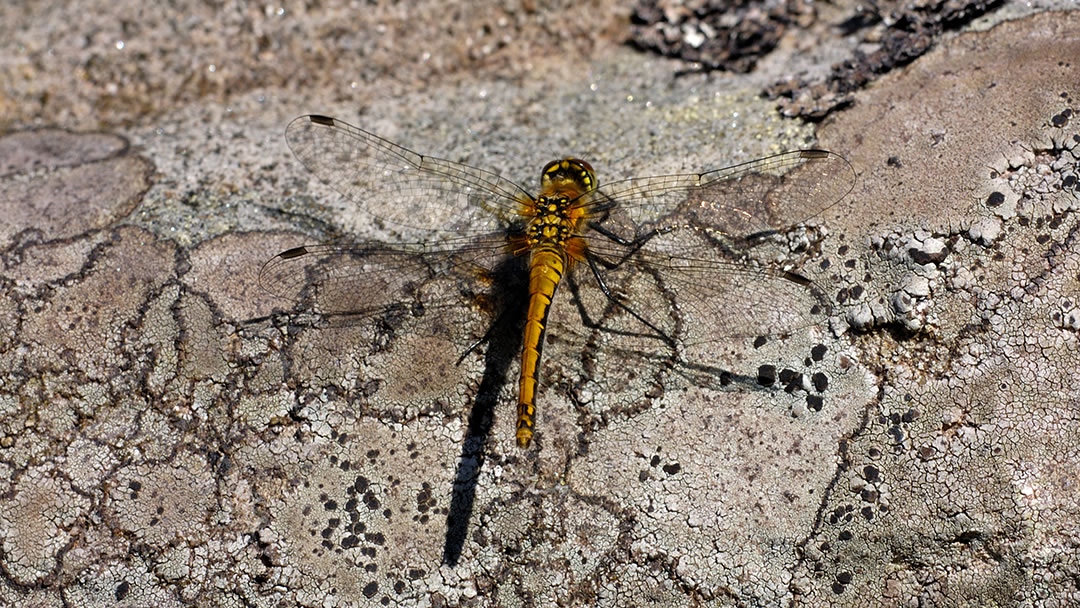
In Hoy on Orkney, dragonflies can be seen on the sunniest days.
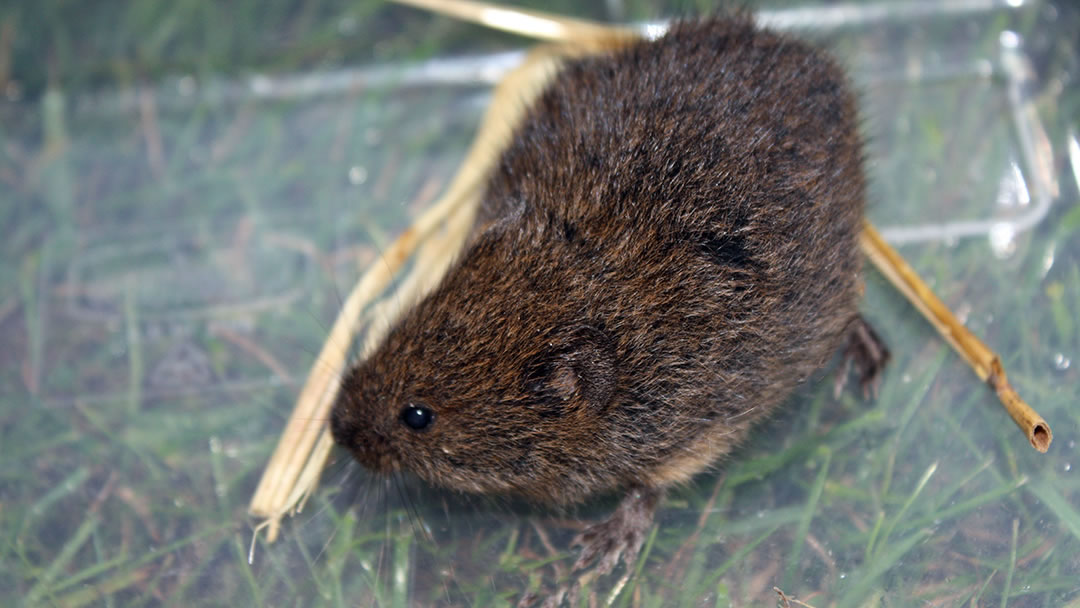
In Orkney, special creatures have lived here for 4,000 years, and the most obvious sign of them are tunnels through the wild grass. These tunnels are made by Orkney Voles, which are small and brown, but heavier in build than a mouse. They have small ears and a short tail. Unlike most rodents, the Orkney Vole is active in daytime and an easy target for predators.
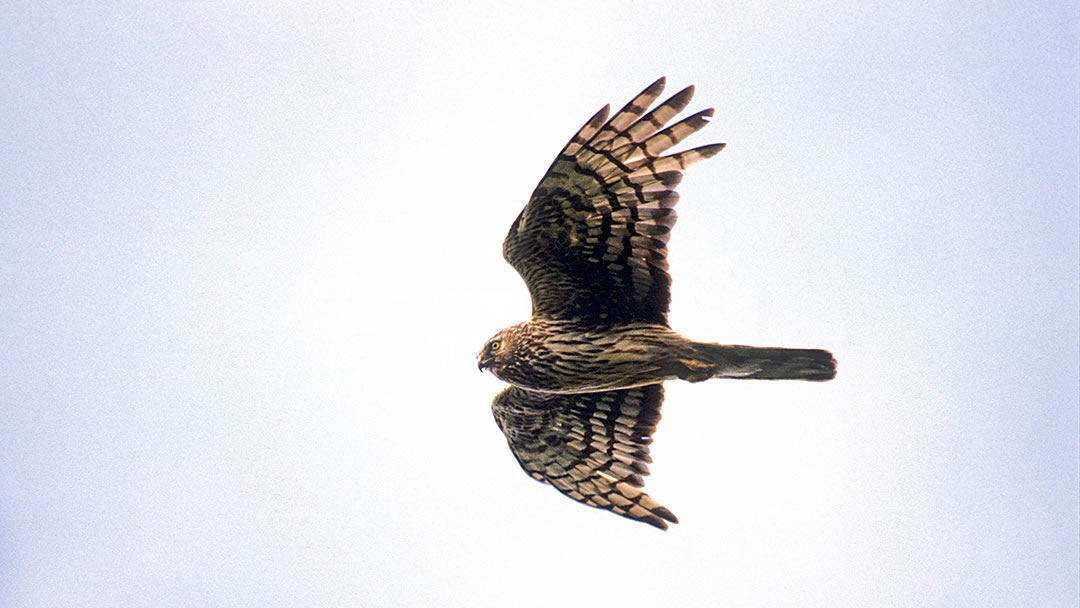
This means that large numbers of hen harriers, kestrel, merlin, and short eared owls live in Orkney (and not in Shetland where there are no voles). In the summer you may see a special display – hen harriers ‘sky dancing’ over the moorland to attract a mate.
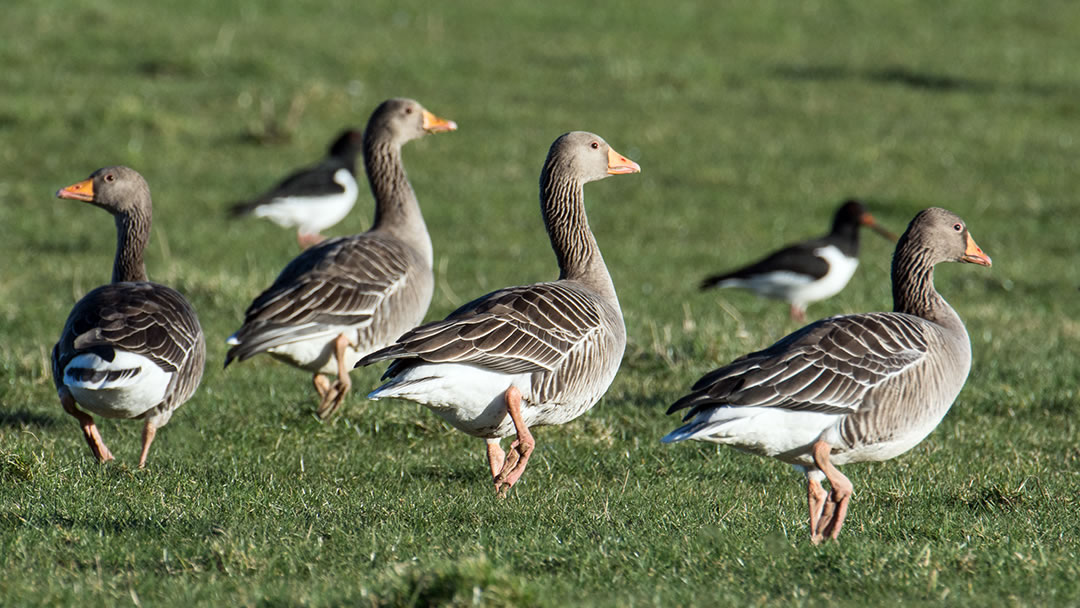
In autumn, the skies fill with honking geese, and many of them land on the fields of Orkney for the winter.
The number of Great Skua (Bonxies) in the islands has grown in recent years.
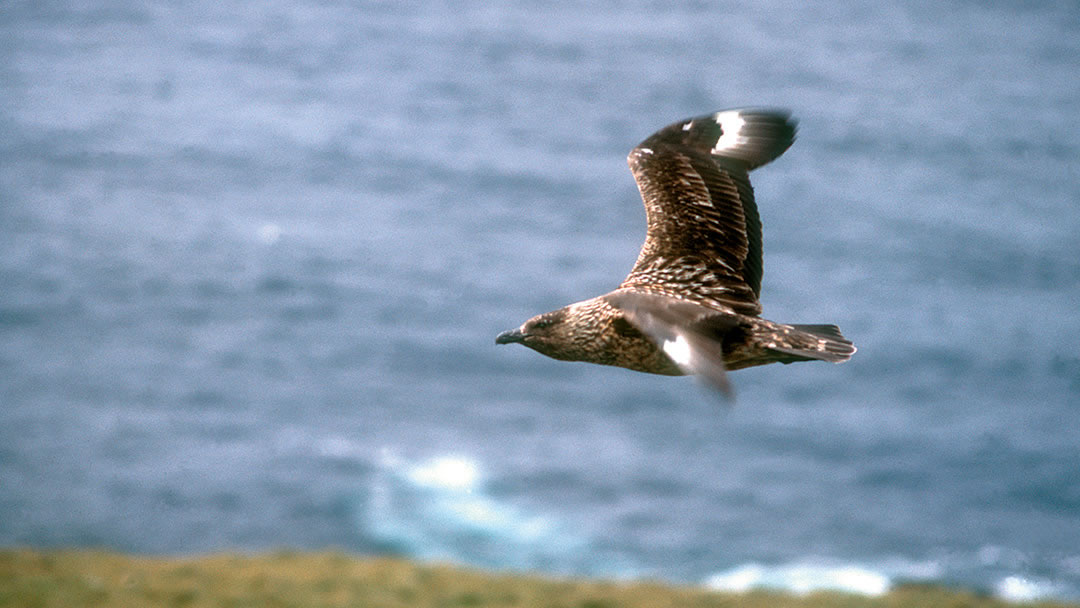
They are aggressive birds that divebomb hillwalkers who get too close to their nests. Great Skua are also known to attack other birds and steal their food.
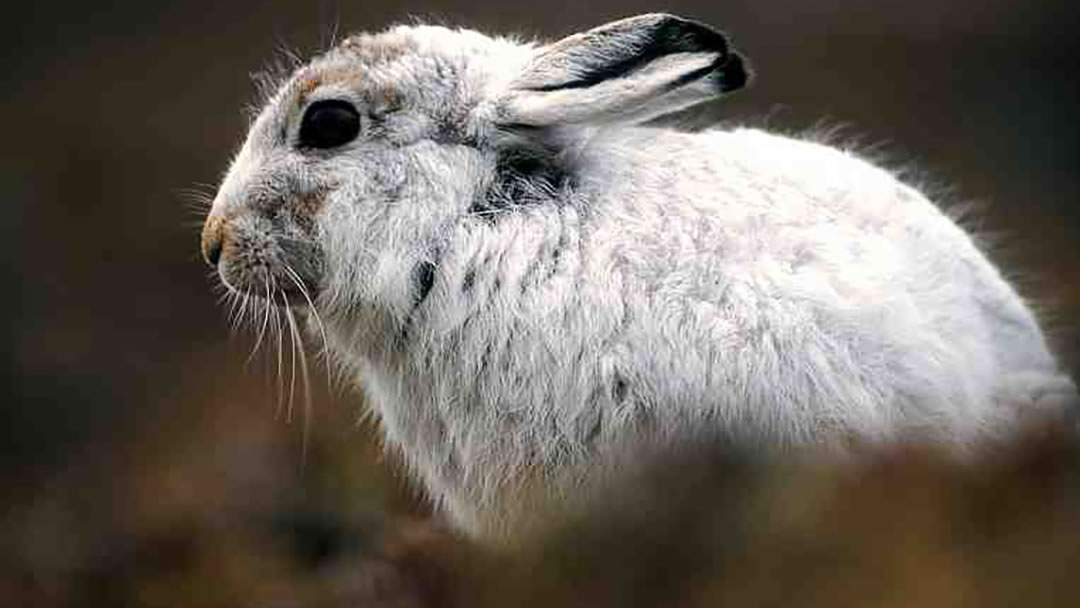
Unlike other places in Scotland, Orkney has no deer or foxes. However, hedgehogs, rabbits and hares can be spotted frequently. In Hoy, the hares’ fur turns white for winter.
Good Orkney moorland to spot wildlife: Hoy, Cottascarth in Rendall, Hobbister in Orphir
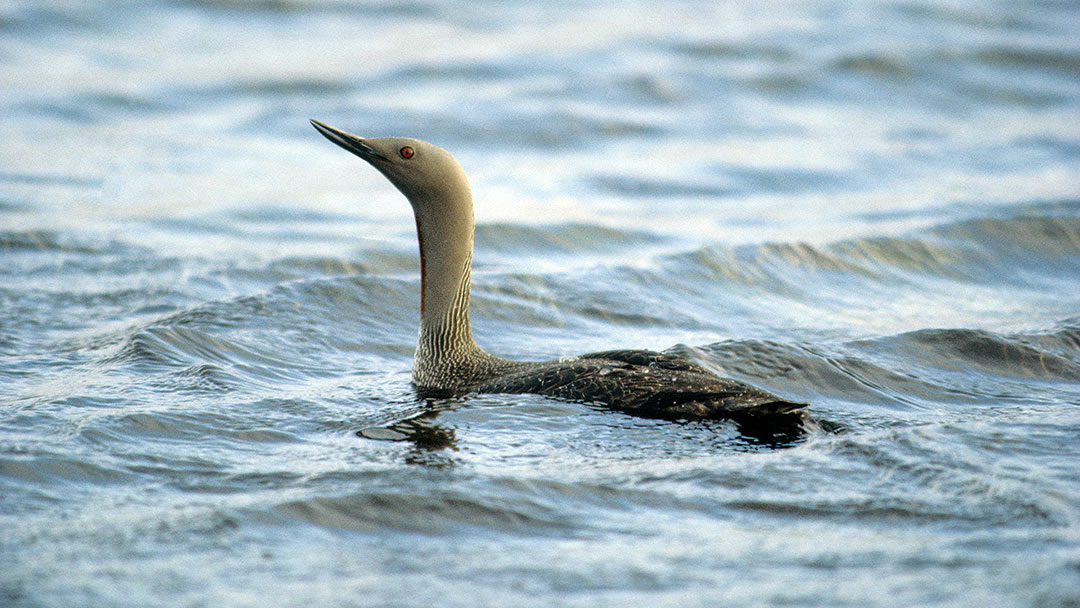
In the lochs
In Orkney there are fantastic lochs to fish, and fishermen can rent boats or pull on waders to catch the brown trout that swim in the murky depths.
Orkney lochs also attract a wide variety of waterfowl, including swans, mallard, teal and wigeon. Hill lochs are popular with elegant, red-throated divers. There are a couple of fine bird hides next to lochs in Orkney.
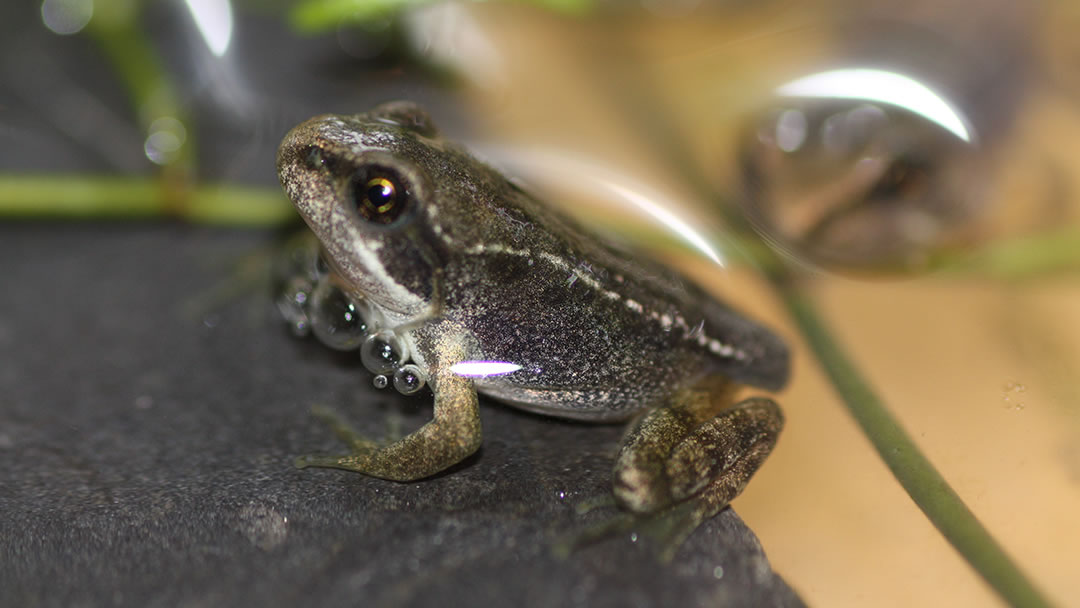
Frogs and tadpoles are often found in Orkney lochs.
Good Orkney lochs to spot nature: The Loch of Stenness, Mill Dam in Shapinsay, the Loons in Birsay, Mill loch in Eday, Burger Hill in Evie
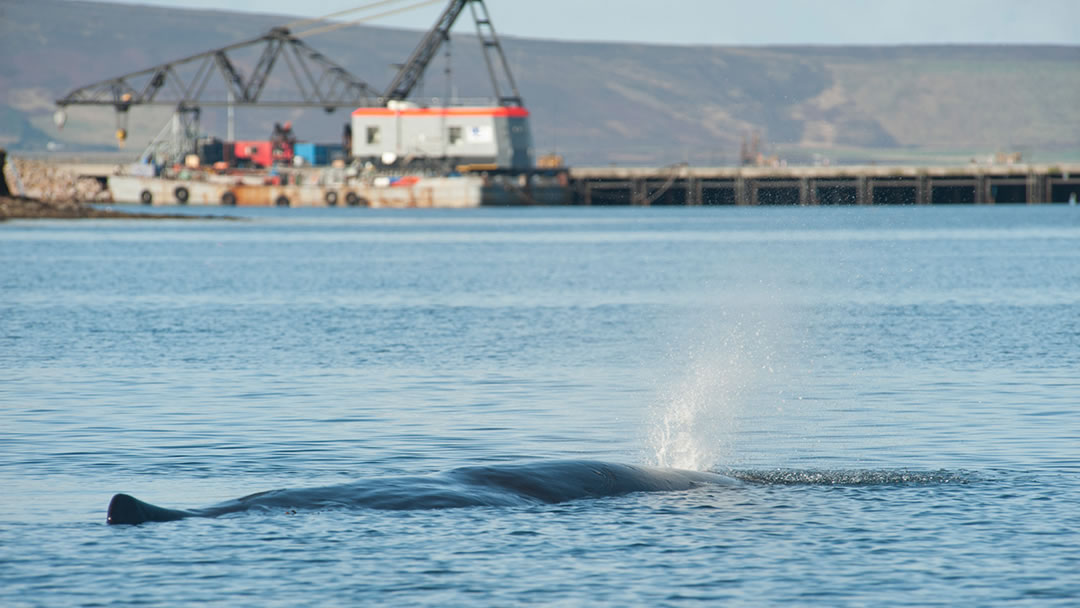
Out at sea
Many creatures come to feed in the rich blue seas around the Orkney islands. Out in deep water, where oceans meet, there can be found nearly 20 species of whales.
Pilot whales were once driven ashore in large numbers, but this practice came to an end in the 19th century. They can now be spotted from boats, as can minke whale (called the herring hog by fishermen!), sperm whales, and sometimes humpback whales.
It seems as though Orca are seen near the shores of Orkney more often these days. In truth, social media alerts spread word of sightings much more quickly. Large, sleek black orca hunt in packs and catch seals on their summer visits. They can swim at speeds of over 34mph! Orca are often seen in deep inshore water from cliff tops. Make sure you follow an orca watching social feed to be notified about where to go!
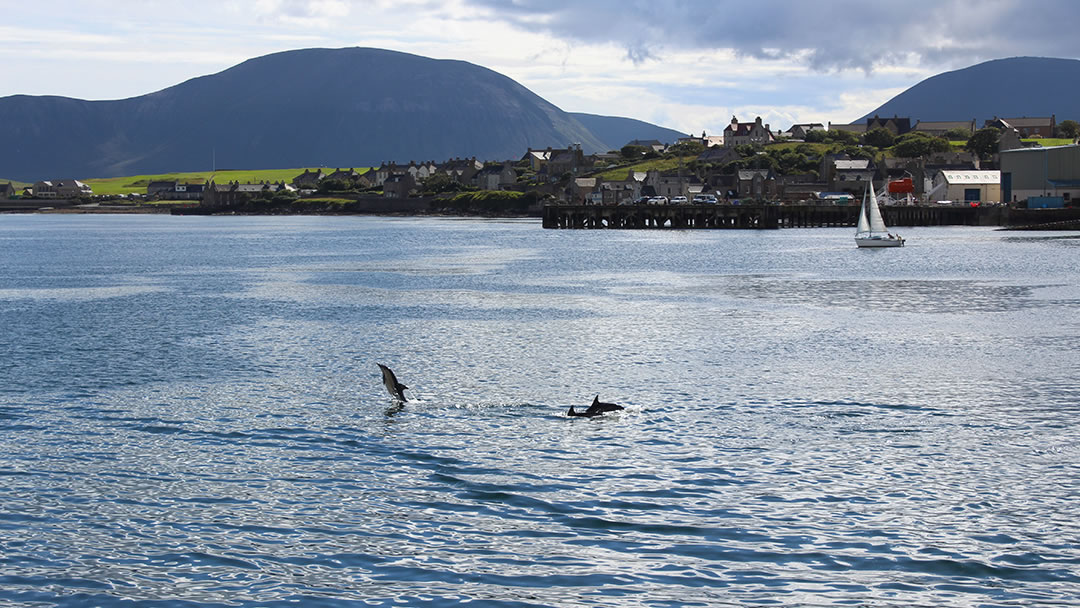
Basking sharks can be seen from time to time. These slow peaceful gentle giants have massive mouths for catching plankton. Risso’s dolphins, bottlenose dolphins and harbour porpoises glide together in the water between islands.
Good areas of sea in Orkney to spot wildlife: Scapa Flow, the coast of the West Mainland
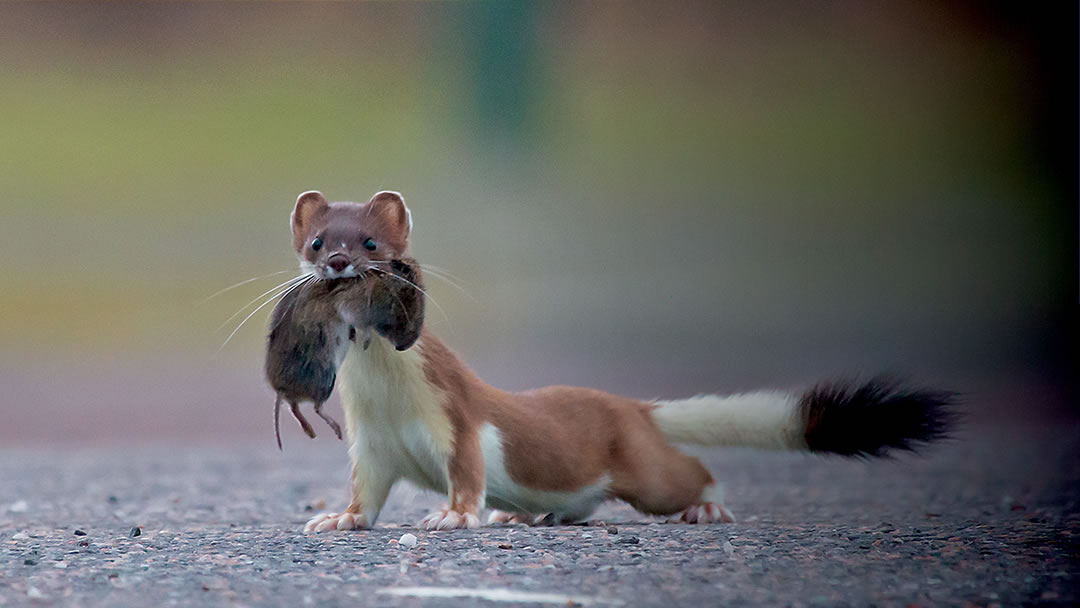
The Orkney Native Wildlife Project
In recent years, nature in Orkney has faced a new threat – stoats. Though native on the UK Mainland, stoats arrived in Orkney in 2010 and, with no known predator here to keep the population in check, this invasive non-native species have quickly decimated the native wildlife. These skilled hunters eat Orkney voles and feast upon the eggs and chicks of ground-nesting birds.
To rid the islands of stoats, the Orkney Native Wildlife Project laid a series of stoat traps and have trained Europe’s first stoat detection conservation dogs. You can help too – if you spot a stoat, distinctive with its lolloping run, sandy coloured body and black tail, make sure you report it at https://www.orkneynativewildlife.org.uk/
 By Magnus Dixon
By Magnus DixonOrkney and Shetland enthusiast, family man, loves walks, likes animals, terrible at sports, dire taste in music, adores audiobooks and films, eats a little too much for his own good.
Pin it!
